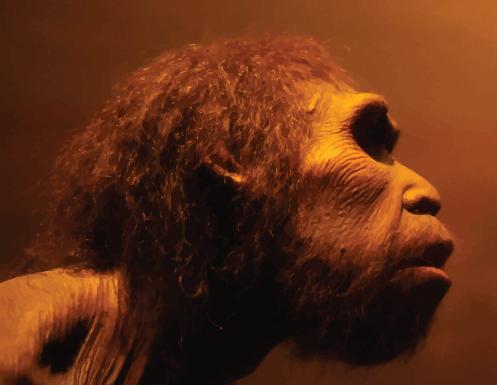A skull discovered in 1978 in Dali Province, Shanghai, China, holds the potential to reshape the narrative of modern human origins. Strikingly resembling an ancient Homo sapiens fossil from the Jebel Ighoud cave in Morocco, the 250-thousand-year-old Dali skull challenges the notion of exclusive African origins for modern humans.
The resemblance between Dali’s skull and the oldest known African specimen of modern humans challenges the conventional belief that modern humans and their defining characteristics originated in isolation. Chinese anthropologists, including study co-author Qinzi Wu, contend that human evolution exhibits shared characteristics among archaic Homo sapiens in diverse regions. Wu states, “Much of the material found in Asia does not fit into the traditional view of human evolution.
The study, conducted by Xinzi Wu and Sheila Andrea in 2017, provides fresh evidence supporting a multiregional model of modern human evolution. While Homo erectus left Africa 1.8 million years ago, the study suggests that distinct species did not emerge; instead, continuous interbreeding and gene exchange occurred. The multiregional evolution model challenges the prevailing view that Africa exclusively served as the cradle of modern humanity. However, European scientists maintain skepticism, emphasizing Africa as the rightful birthplace of Homo sapiens.
Genetic studies tracing our ancestry back to an African population leaving the continent 200,000 years ago strengthen the “out of Africa” model. Despite the strengths of the multiregional theory, the ‘out of Africa’ model remains the leading theory, supported by genetic studies.










